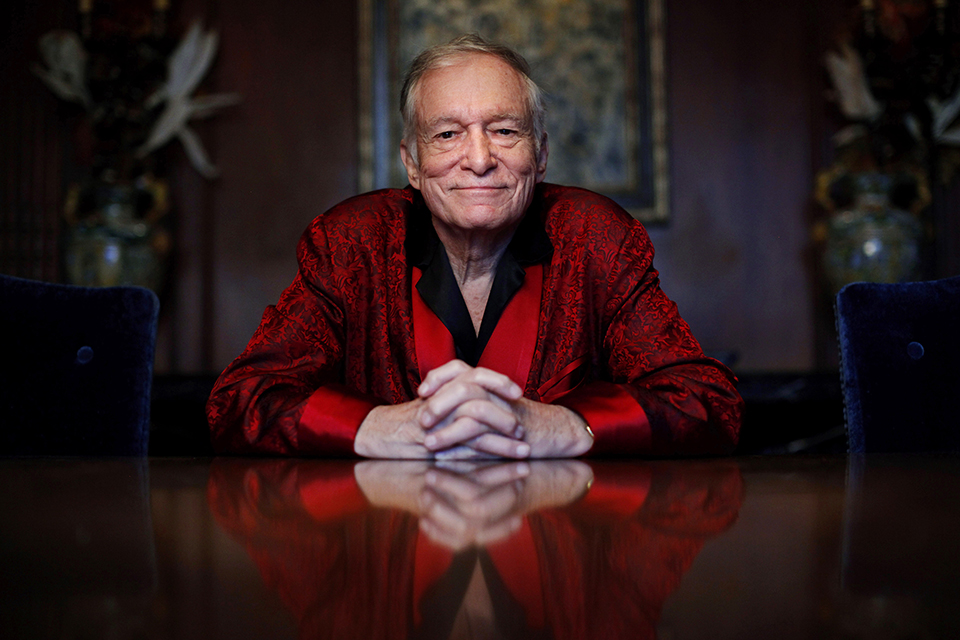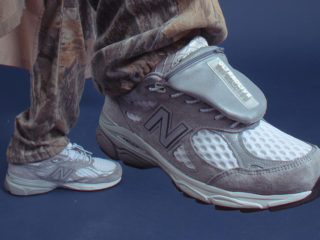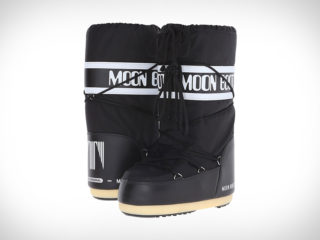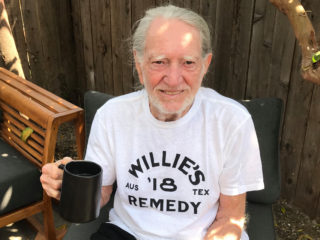By now you’ve probably read or heard that Playboy founder Hugh Hefner peacefully passed away last night at the ripe ‘ol age of 91. But Hefner, or ‘“Hef,” as he liked to be called, was more than just the founder of Playboy. He was a visionary journalist, editor, publisher, entrepreneur, civil rights activist and free speech champion, American icon, and an international cultural icon who essentially pioneered the sexual revolution, forever changing the media and publishing landscape in the process. And while his name and brand are certainly not without controversy and their share of detractors and haters, you certainly can’t deny the impact he’s had.
Beginning his career in 1952 as a promotional copywriter and cartoonist for Esquire magazine in Chicago, Hefner one day decided to seek a $5 raise as Esquire was moving its office to New York. After swiftly beingrejected, he decided to try something new on his own. He went out and gathered $8,000 from friends and family, his mother included, to start an entirely different type of publication. After discovering a 5-year-old photo of a nude model in the files of a Chicago calendar company, he purchased the photo for $500 and plopped it in the middle of a magazine. That magazine was 48 pages long with a center spread of the nude model. And that model was Marilyn Monroe.
The rest is pretty much history, as that first issue magazine went on to become a global media and entertainment empire, at one point reaching over 7 million print subscribers and worth upwards of a billion dollars. From movies and TV shows to clothing, jewelry, clubs, resorts, and even casinos, the Playboy name turned into a huge, mega-entertainment brand the likes of which even Hef himself never dreamed imaginable.
“In my wildest dreams I could not have imagined a better life,” he once said. And that life and Playboy were practically interchangeable, as it defined him just as much as he defined it.
Sure, as time went on and the media and cultural landscape changed, so too did Playboy’s profits, reach, and influence, but the brand and what it stood for always remained intact—the women, the sex, the controversy, and the liberal spirit and freedom it so very much championed—oh, and lest not forget the legendary parties at the Playboy Mansion that seemed to continually be the hottest ticket in a town filled with them, all right up until just fairly recently.
Hefner was also a huge proponent of cannabis and legalization. In fact, had it not been for his support, NORML (the National Organization for the Reform of Marijuana Laws) might have never come to exist.
Established by Keith Stroup in 1970 , NORML was at the forefront of cannabis legalization lobbying, and Hefner was a huge supporter of its cause. He first donated $5,000 from the Playboy Foundation to help launch the operation, then continued to be one of its top contributors, at one point donating nearly $100,000 annually to help the organization grow.
As Stroup himself put it, “Hefner had been someone who used to be an alcohol drinker, but he had given up alcohol some time ago and had become a marijuana smoker, so he had a personal interest in the issue, [and] understood that it should be legal.”
“Smoking helped put me in touch with the realm of the senses,” Hefner told Patrick Anderson in the 1980 book High in America: The True Story Behind NORML and the Politics of Marijuana. “I discovered a whole other dimension to sex.”
In fact, just a few years ago when one of his former girlfriends, Holly Madison, was describing their twice weekly routine to Cosmopolitan magazine, she explained how on Wednesday and Friday nights, Hef and his ladies would get dressed to the nines and go dancing. Upon their return, it was his habit to smoke cannabis before getting intimate with his girlfriends.
And there were a lot of them. Actually, perhaps “a lot” is an understatement, as Hef’s been quoted as saying he’s been with more than a thousand women in his lifetime. A thousand—quite the number. But he did eventually settle down with some of them. Three, to be exact, the most recent being former Playmate Crystal Harris, who he wedded in 2012 when she was just 26. The pair remained together until his death this past Wednesday.
As for children, Hefner leaves behind four of them: Christie (1952) and David (1955) with his first wife and college sweetheart, Mildred Williams, and sons Marston (1990) and Cooper (1991) with his second wife and former Playmate, Kimberly Conrad. Cooper Hefner currently resides as Playboy’s Chief Creative Officer, a position he took over some time in 2016 after his father stepped down.
Speaking of his father’s death via Playboy’s official website announcement, Cooper said, “My father lived an exceptional and impactful life as a media and cultural pioneer and a leading voice behind some of the most significant social and cultural movements of our time in advocating free speech, civil rights and sexual freedom. He defined a lifestyle and ethos that lie at the heart of the Playboy brand.”
Indeed he did, and in doing so, created a brand that to this day continues to be mired in controversy while at the same time celebrated the world over. Perhaps it’s only fitting that he requested to be buried next to the woman that started it all—that little known pinup model named Marilyn Monroe. That’s right, Hef purchased the crypt next to Miss Monroe for a reported $75,000 in 1992, nearly four decades after he featured the Hollywood icon on the cover of Playboy’s first-ever issue back in 1953.
Speaking of the vault purchase in a 2000 Playboy interview, Hef said, “Jay Leno suggested that if I was going to spend that kind of money, I should actually be on top of her. But to me there’s something rather poetic in the fact that we’ll be buried in the same place.”
Poetic, yes. Questionable? For sure. Controversial? You betcha. And perhaps oddly fitting, too, as that’s just the way Hef would’ve wanted it.











